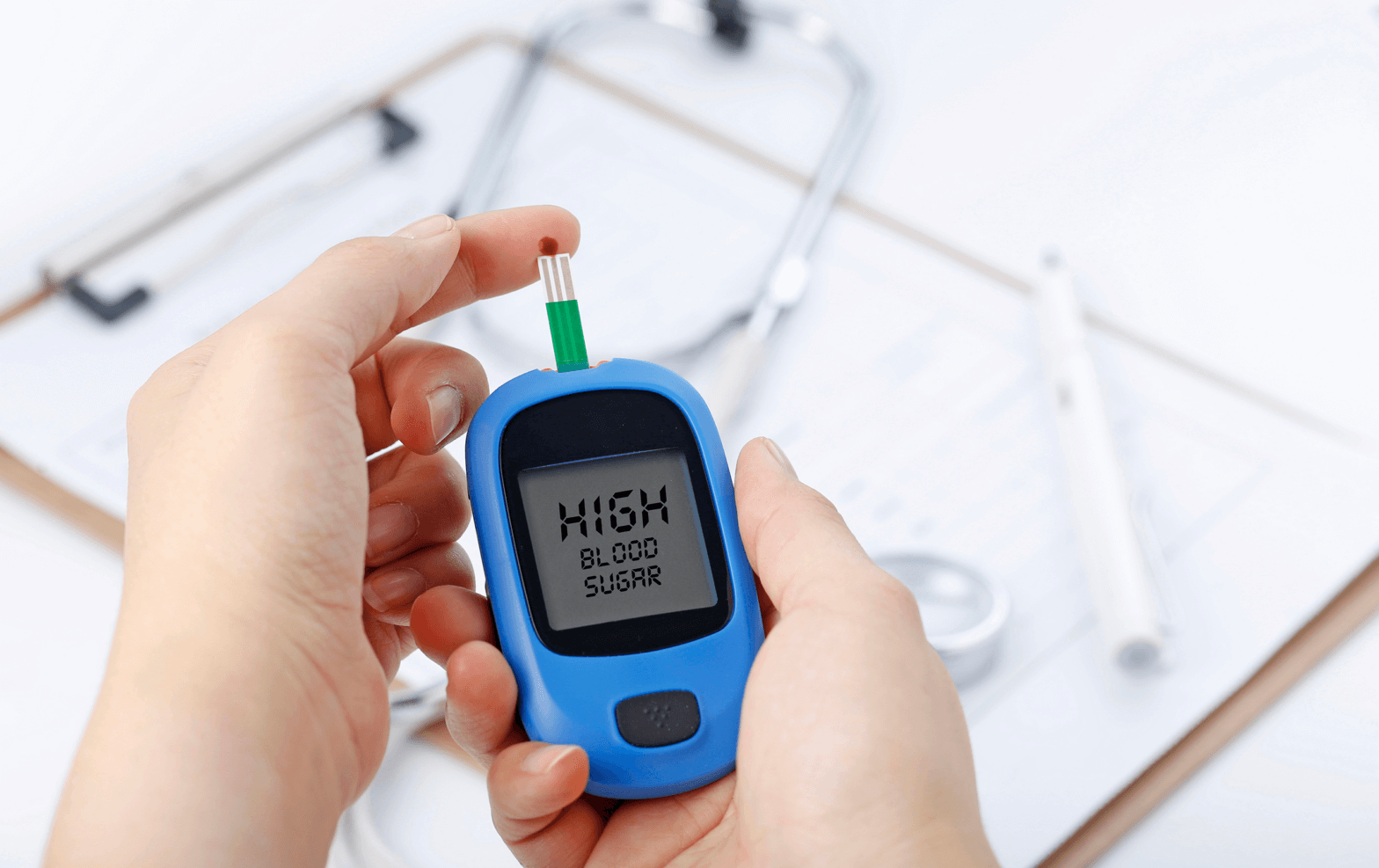Last updated: October 8, 2025
4 mins read
When your doctor asks you to schedule bloodwork on the third day of your menstrual cycle, there’s a reason behind the specificity. Day 3 hormone testing has become the gold standard in reproductive health—not by accident, but because it captures your hormones at their most revealing moment.
Why Day 3 mattersDay 3 represents a unique window in your cycle: the early follicular phase, when both estrogen and progesterone are at their lowest and most stable levels. Think of it as your hormonal baseline—before the cascade of ovulation begins to shift everything.
During this window, we can see the conversation happening between your brain and your ovaries. Your pituitary gland releases FSH (follicle-stimulating hormone) and LH (luteinizing hormone) to signal your ovaries, which respond by producing estradiol, AMH, and SHBG. Testing at Day 3 captures this signal-and-response system in its clearest form, giving us insight into your reproductive hormone balance before the cycle’s next phase kicks in.
Because the early follicular phase is relatively consistent across most cycles, Day 3 results can be reliably compared to established reference ranges—making it easier to spot patterns or potential concerns.
A note on timing: If your cycle runs slightly shorter or longer than average, testing on Day 2 or Day 4 works just as well. What matters most is catching that stable, early-follicular window.
What if you’re on birth control—or don’t have regular periods?Here’s where things get more nuanced. If you’re using hormonal contraception, your body isn’t going through natural ovulatory cycles. Hormonal birth control suppresses ovulation and keeps hormone levels relatively stable, which means a “Day 3” doesn’t technically exist in the traditional sense.
If you’re on hormonal birth control: You can test at any time during the active hormone phase. While you might experience regular withdrawal bleeds, these are artificial—triggered by the drop in synthetic hormones, not by natural ovulation. Since your hormone levels remain suppressed throughout, there’s no meaningful difference between testing on “Day 3” of a withdrawal bleed versus any other day. What matters is understanding that your results will reflect the influence of synthetic hormones rather than your natural baseline.
If your cycles are irregular or absent: Whether due to perimenopause, PCOS, postpartum recovery, stress, or other factors, you can test at any time. The key is working with a provider or testing service that offers condition-specific reference ranges designed to account for different hormonal patterns, ensuring your results remain meaningful and actionable even without a defined cycle day.
Planning to stop birth control?If you’re coming off hormonal contraception and want to understand your natural fertility baseline, timing matters. Hormone levels don’t bounce back overnight—they may take anywhere from several weeks to several months to return to their natural rhythm, depending on the type of contraception you used.
Three months is a common guideline for waiting before testing, but individual recovery varies. For the most reliable snapshot of your natural hormones, it’s best to wait until your cycles have resumed and stabilized.
The bottom lineDay 3 hormone testing offers valuable insight into reproductive health and fertility—especially if you have natural menstrual cycles. But it’s not the only window that matters.If you’re on hormonal contraception, in perimenopause, or managing irregular cycles, you can still gain meaningful information by testing at other times. The key is understanding what your results represent within your body’s current context—whether that’s a natural cycle, hormone therapy, or a transitional phase.
Hormone testing can be informative at any stage of life. What matters most is knowing how to interpret your results based on where you are right now.




